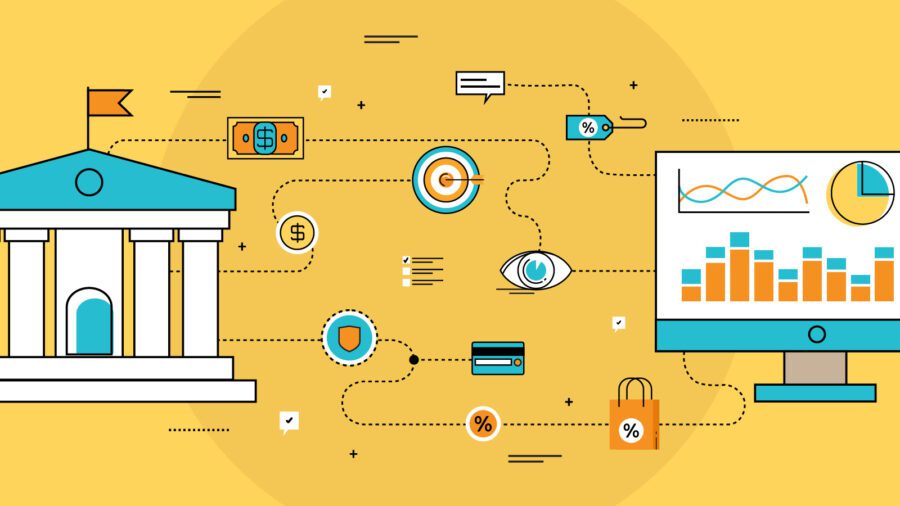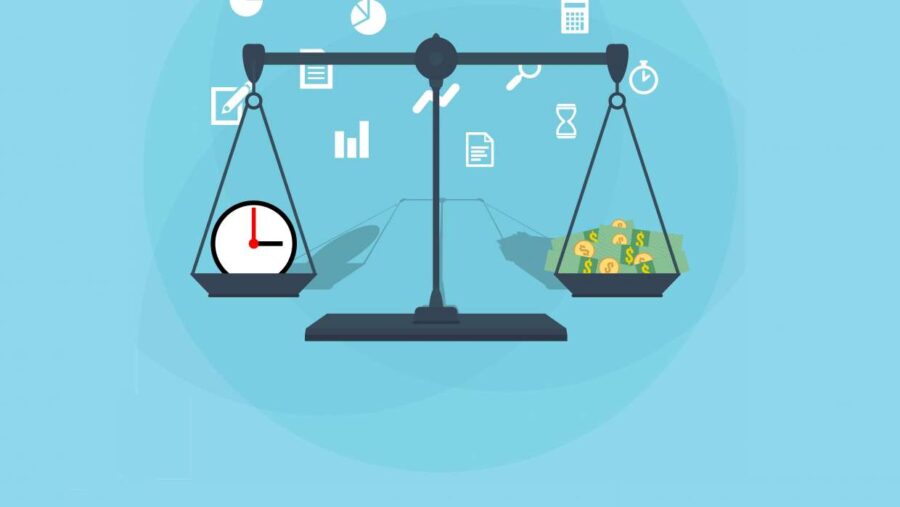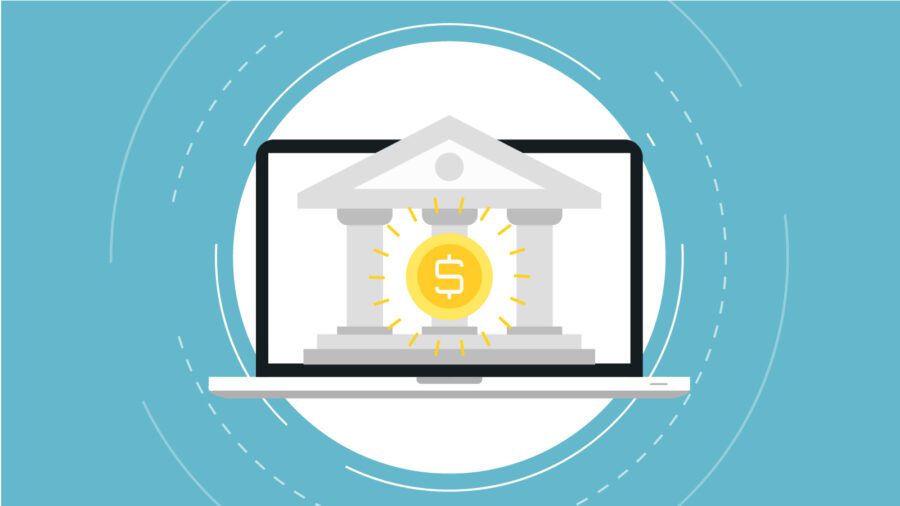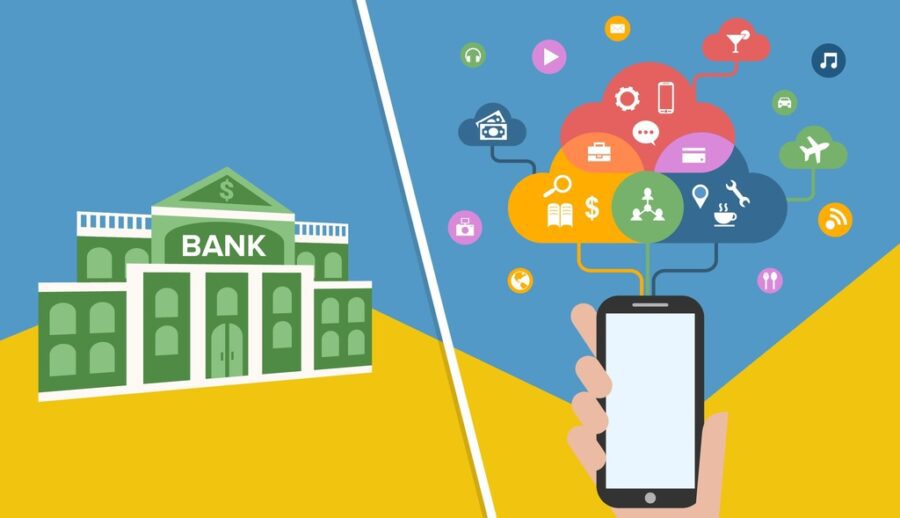 Using data science in the banking industry is more than a trend, it has become a necessity to keep up with the competition. Banks have to realize that big data technologies can help them focus their resources efficiently, make smarter decisions, and improve performance.
Using data science in the banking industry is more than a trend, it has become a necessity to keep up with the competition. Banks have to realize that big data technologies can help them focus their resources efficiently, make smarter decisions, and improve performance.
Here is a list of data science use cases in banking area which we have combined to give you an idea how can you work with your significant amounts of data and how to use it effectively.
Fraud detection
Machine learning is crucial for effective detection and prevention of fraud involving credit cards, accounting, insurance, and more. Proactive fraud detection in banking is essential for providing security to customers and employees. The sooner a bank detects fraud, the faster it can restrict account activity to minimize loses. By implementing a series of fraud detection schemes banks can achieve necessary protection and avoid significant loses.
The key steps to fraud detection include:
-
Obtaining data samplings for model estimation and preliminary testing
-
Model estimation
-
Testing stage and deployment.
Since every data set is different, each requires individual training and fine-tuning by data scientists. Transforming the deep theoretical knowledge into practical applications demands expertise in data-mining techniques, such as association, clustering, forecasting, and classification.
Image source: The Daily Star
An example of efficient fraud detection is when some unusually high transactions occur and the bank’s fraud prevention system is set up to put them on hold until the account holder confirms the deal. For new accounts, fraud detection algorithms can investigate unusually high purchases of popular items, or multiple accounts opened in a short period with similar data.
Managing customer data
Banks are obliged to collect, analyze, and store massive amounts of data. But rather than viewing this as just a compliance exercise, machine learning and data science tools can transform this into a possibility to learn more about their clients to drive new revenue opportunities.
Nowadays, digital banking is becoming more popular and widely used. This creates terabytes of customer data, thus the first step of data scientists team is to isolate truly relevant data. After that, being armed with information about customer behaviors, interactions, and preferences, data specialists with the help of accurate machine learning models can unlock new revenue opportunities for banks by isolating and processing only this most relevant clients’ information to improve business decision-making.
Risk modeling for investment banks
Risk modeling is a high priority for investment banks, as it helps to regulate financial activities and plays the most important role when pricing financial instruments. Investment banking evaluates the worth of companies to create capital in corporate financing, facilitate mergers and acquisitions, conduct corporate restructuring or reorganizations, and for investment purposes.
That’s why risk modeling appears extremely substantial for banks and is best assessed with more information in hand and data science tools in reserve. Now, through the power of Big Data, innovators in the industry are leveraging new technology for effective risk modeling and therefore better data-driven decisions.
Personalized marketing
The key to success in marketing is to make a customized offer that suits the particular client’s needs and preferences. Data analytics enables us to create personalized marketing that offers the right product to the right person at the right time on the right device. Data mining is widely used for target selection to identify the potential customers for a new product.
Data scientists utilize the behavioral, demographic, and historical purchase data to build a model that predicts the probability of a customer’s response to a promotion or an offer. Therefore, banks can make an efficient, personalized outreach and improve their relationships with customers.
Lifetime value prediction
Customer lifetime value (CLV) is a prediction of all the value a business will derive from their entire relationship with a customer. The importance of this measure is growing fast, as it helps to create and sustain beneficial relationships with selected customers, therefore generating higher profitability and business growth.
Acquiring and retaining profitable customers is an ever-growing challenge for banks. As the competition is getting stronger, banks now need a 360-degree view of each customer to focus their resources efficiently. This is where the data science comes in. First, a large amount of data must be taken into account: such as notions of client’s acquisition and attrition, use of diverse banking products and services, their volume and profitability, as well as other client’s characteristics like geographical, demographic, and market data.

Image source: MYcustomer
This data often needs a lot of cleaning and manipulation to become usable and meaningful. The profiles, products, or services of the bank’s clients vary greatly, and so do their behaviors and expectations. There are many tools and approaches in the data scientists’ arsenal to develop a CLV model such as Generalized linear models (GLM), Stepwise regression, Classification, and regression trees (CART). Building a predictive model to determine the future marketing strategies based on CLV is an invaluable process for maintaining good customer relations during each customer’s lifetime with the company that results in higher profitability and growth.
Real-time and predictive analytics

The growing importance of analytics in banking cannot be underestimated. Machine learning algorithms and data science techniques can significantly improve bank’s analytics strategy since every use case in banking is closely interrelated with analytics. As the availability and variety of information are rapidly increasing, analytics are becoming more sophisticated and accurate.
The potential value of available information is astonishing: the amount of meaningful data indicating actual signals, not just noise, has grown exponentially in the past few years, while the cost and size of data processors have been decreasing. Distinguishing truly relevant data from noise contributes to effective problem solving and smarter strategic decisions. Real-time analytics help to understand the problem that holds back the business, while predictive analytics aid in selecting the right technique to solve it. Significantly better results can be achieved by integrating analytics into the bank workflow to avoid potential problems in advance.
Customer segmentation
Customer segmentation means singling out the groups of customers based on either their behavior (for behavioral segmentation) or specific characteristics (e.g. region, age, income for demographic segmentation). There is a whole bunch of techniques in data scientists’ arsenal such as clustering, decision trees, logistic regression, etc. and, as a result, they help to learn the CLV of every customer segment and discover high-value and low-value segments.
There is no need to prove that such segmentation of clients allows for the effective allocation of marketing resources and the maximization of the point-based approach to each client group as well as selling opportunities. Do not forget that customer segmentation is designed to improve customer service and help in loyalty and retention of customers, which is so necessary for the banking sector.
Recommendation engines
Data science and machine learning tools can create simple algorithms, which analyze and filter user’s activity in order to suggest him the most relevant and accurate items. Such recommendation engines show the items that might interest the user, even before he searched for it himself. To build a recommendation engine, data specialists analyze and process a lot of information, identify customer profiles, and capture data showing their interactions to avoid repeating offers.

Image source: FinTech News
The type of recommendation engines depends on the filtering method of the algorithm. Collaborative filtering methods can be either user-based, or item-based, and work with user behavior to analyze other users’ preferences, then make recommendations to the new user.
The main challenge in collaborative filtering approach is using a huge amount of data that causes computation problems and increased price. Content-based filtering works with more simple algorithms, which recommend similar items to the ones the user engages with referring to a previous activity. These methods can fail in case of complex behaviors or unclear connections. There is also a hybrid type of engines, combining collaborative and content-based filtering.
No method is universal, each of them has some pros and cons, and the right choice depends on your goals and circumstances.
Customer support
Outstanding customer support service is the key to keep a productive long-term relationship with your customers. As a part of customer service, customer support is an important but broad concept in the banking industry. In essence, all banks are service-based businesses, so most of their activities involve elements of service. It includes responding to customers’ questions and complaints in a thorough and timely manner and interacting with customers.
Data science makes this process better automated, more accurate, personal, direct, and productive, and less costly concerning employee time.
Conclusion
To gain competitive advantage, banks must acknowledge the crucial importance of data science, integrate it in their decision-making process, and develop strategies based on the actionable insights from their client’s data. Start with small manageable steps to incorporate Big Data analytics into your operating models, and be ahead of the competition.
This list of use cases can be expanded every day thanks to such a rapidly developing data science field and the ability to apply machine learning models to real data, gaining more and more accurate results. We will be grateful for your comments and your vision of possible options for using data science in banking.

